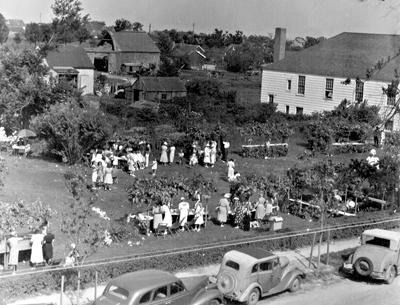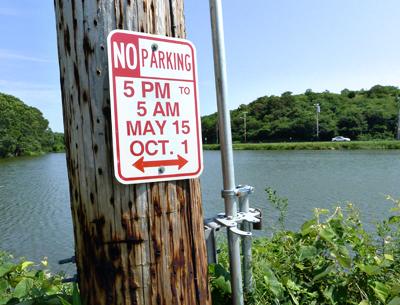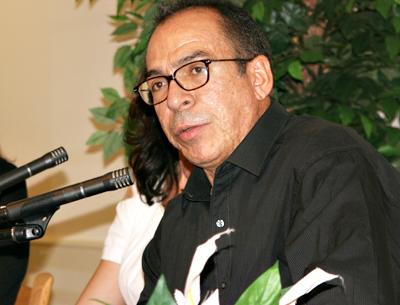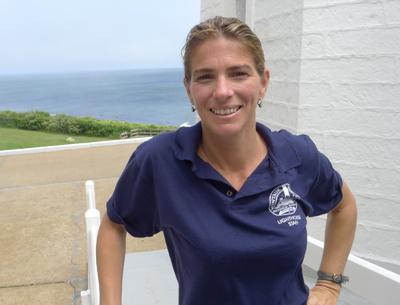Gansett’s 100th Summer Fair
Gansett’s 100th Summer Fair

The Amagansett Presbyterian Church, founded in 1860, will hold its 100th annual summer fair on Saturday from 10 a.m. to 3 p.m. on the church grounds.
Pony rides, a petting zoo, a magic show, clowns, and more kids stuff is in store, as is the “super raffle,” which will offer hundreds of items for those purchasing winning tickets. The Ron Fleming Plant Table, named for a congregant who ran that event for many years until his death last month, will have plants and shrubbery, as well as hanging baskets, for sale. Also offered will be baked goods, stainless-steel cutlery, books, bric-a-brac, handcrafted garden signs, handmade items from developing countries, and farm-fresh vegetables from the Balsam farm stand.
The refreshments section will be open all day, offering hot dogs, hamburgers, veggie burgers, sodas, lemonade, and, back by popular demand, chocolate-covered bananas.
Donations of jewelry can be left on the bench of the manse, on Meeting House Lane. All other donated items can be dropped off on the morning of the fair.
First held in 1913, the fair illustrates both the changes and the continuity that occur across a century, said the Rev. Steven E. Howarth, the church’s pastor. “Part of the charm of the fair today is it really does have a small-town, slice-of-Americana feel to it. As an example, children’s games have always been a significant part of the fair. Some have certainly evolved over time, but some haven’t and are still operated by the same church families who have been operating them for generations. I’ve had the experience of listening as parents have told their children, ‘This was a favorite of mine when I was a child.’ ”
In the past, Mr. Howarth said, the East Hampton Town Highway Department took leaved branches to the church, and members would weave them into booths for the fair. “Today, we use canvas and pop-up tents,” he said. “In the past, men were in suits and ties, ladies were in dresses.”
The super raffle, Mr. Howarth said, is another indication of change, “where we tend to see what’s current and hot. This year one prize will be an iPad Mini.”
The “tea table” once offered classic sandwiches and tea, Mr. Howarth said. A lobster salad dinner used to be held in Scoville Hall at the fair’s conclusion.
Scoville Hall, owned by the church, was demolished in the spring after an October 2011 fire destroyed it, its foundation and first level now covered by a tarp and the property encircled by a chain-link fence. An update as to future plans for the site is expected soon, Mr. Howarth said.









